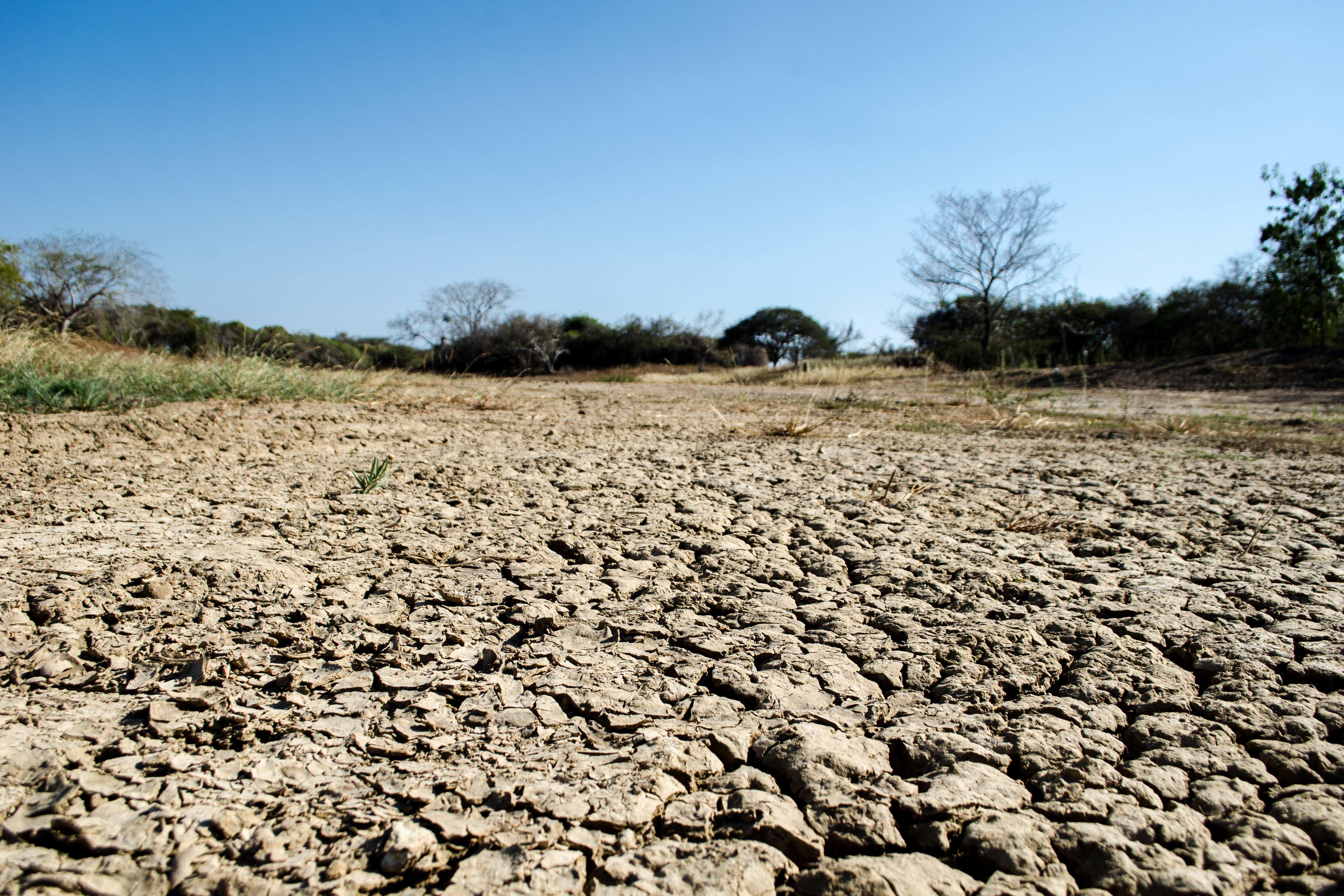What is El Nino and what impact might it have?
World Meteorological Organisation warns warm sea phenomenon’s conditions present and expected to gradually strengthen as the year progresses

Your support helps us to tell the story
From reproductive rights to climate change to Big Tech, The Independent is on the ground when the story is developing. Whether it's investigating the financials of Elon Musk's pro-Trump PAC or producing our latest documentary, 'The A Word', which shines a light on the American women fighting for reproductive rights, we know how important it is to parse out the facts from the messaging.
At such a critical moment in US history, we need reporters on the ground. Your donation allows us to keep sending journalists to speak to both sides of the story.
The Independent is trusted by Americans across the entire political spectrum. And unlike many other quality news outlets, we choose not to lock Americans out of our reporting and analysis with paywalls. We believe quality journalism should be available to everyone, paid for by those who can afford it.
Your support makes all the difference.The UN’s World Meteorological Organisation (WMO) has announced the return of the weather cycle El Nino, which could lead to record global temperatures this year.
After three years of the cooler La Nina pattern, which often lowers global temperatures slightly, the WMO announced on Tuesday that El Nino conditions were present and are expected to gradually strengthen into the winter.
The last significant El Nino event occurred in 2016, which has gone down as the warmest year the world has seen since records began.
Its recurrence in 2023, when global heating driven by man-made carbon emissions has only accelerated, threatens a “double whammy”, according to the WMO, which has warned there is a 90 per cent probability of it lasting to the year’s end.
That means the likelihood of extreme weather events that could prove life-threatening has also increased, prompting the organisation’s officials to caution world governments that they must be prepared.
“The onset of El Nino will greatly increase the likelihood of breaking temperature records and triggering more extreme heat in many parts of the world and in the ocean,” said Petteri Taalas, the WMO’s secretary-general.
“The declaration by WMO is the signal to governments around the world to mobilise preparations. Early warnings and anticipatory action of extreme weather events associated with this major climate phenomenon are vital to save lives and livelihoods.”
Here, we look at what the impact of the natural weather event could be.
What is El Nino?
The name El Nino is widely used to describe the warming of sea surface temperature that occurs every few years, typically in the central and eastern Pacific Ocean near the equator.
It is felt strongly in the tropical eastern Pacific with warmer than average weather.
The phenomenon typically takes place every two to seven years.
US scientists have been forecasting the development of El Nino for the last few months, most recently issuing a warning in June.
What usually happens during El Nino?
That part of the Pacific where El Nino happens can shift weather patterns across the globe and that can lead to more extreme weather elsewhere.
El Nino could lead to new records for temperatures, particularly in areas that already experience above-average temperatures during El Nino
Michelle L’Heureux, a climate scientist at the Climate Prediction Centre, said: “Depending on its strength, El Nino can cause a range of impacts, such as increasing the risk of heavy rainfall and droughts in certain locations around the world.
“Climate change can exacerbate or mitigate certain impacts related to El Nino.
“For example, El Nino could lead to new records for temperatures, particularly in areas that already experience above-average temperatures during El Nino.”
Scientists are expecting the global average temperature to exceed 1.5C above pre-industrial levels in 2024, making it the hottest year on record.
What happened when El Nino took place before?
When El Nino happened in 2015 and 2016 it was linked with droughts, flooding and coral bleaching in different parts of the world.
The El Nino pattern of natural climate variability, which is developing quickly in the tropical Pacific, will have widespread consequences
The year 2016 began with an El Nino phenomenon and this contributed to its being the hottest year on record.
What could happen this time?
Professor Adam Scaife, head of long-range prediction at the Met Office, said: “The El Nino pattern of natural climate variability, which is developing quickly in the tropical Pacific, will have widespread consequences.
“Among these is the strong potential for a new record global temperature, most likely exceeding 2016, the current record year.
“There is also an increased risk of droughts and forest fires in tropical regions of the West Pacific and South America during El Nino.”
Will El Nino have a knock-on effect?
El Nino is already affecting future food prices across the world, according to the Energy and Climate Intelligence Unit (ECIU).
Gareth Redmond-King, the ECIU’s head of international programme, said: “Confirmation of El Nino’s return has already hit future food prices on global markets and it confirms this year could be particularly dangerous as the climate crisis and El Nino combine to amplify extremes.
“In the UK, we import half of our food, with half of that coming from areas of the world most vulnerable to heat, drought, flooding and other climate impacts and we can’t simply grow ourselves out of the problem.”


